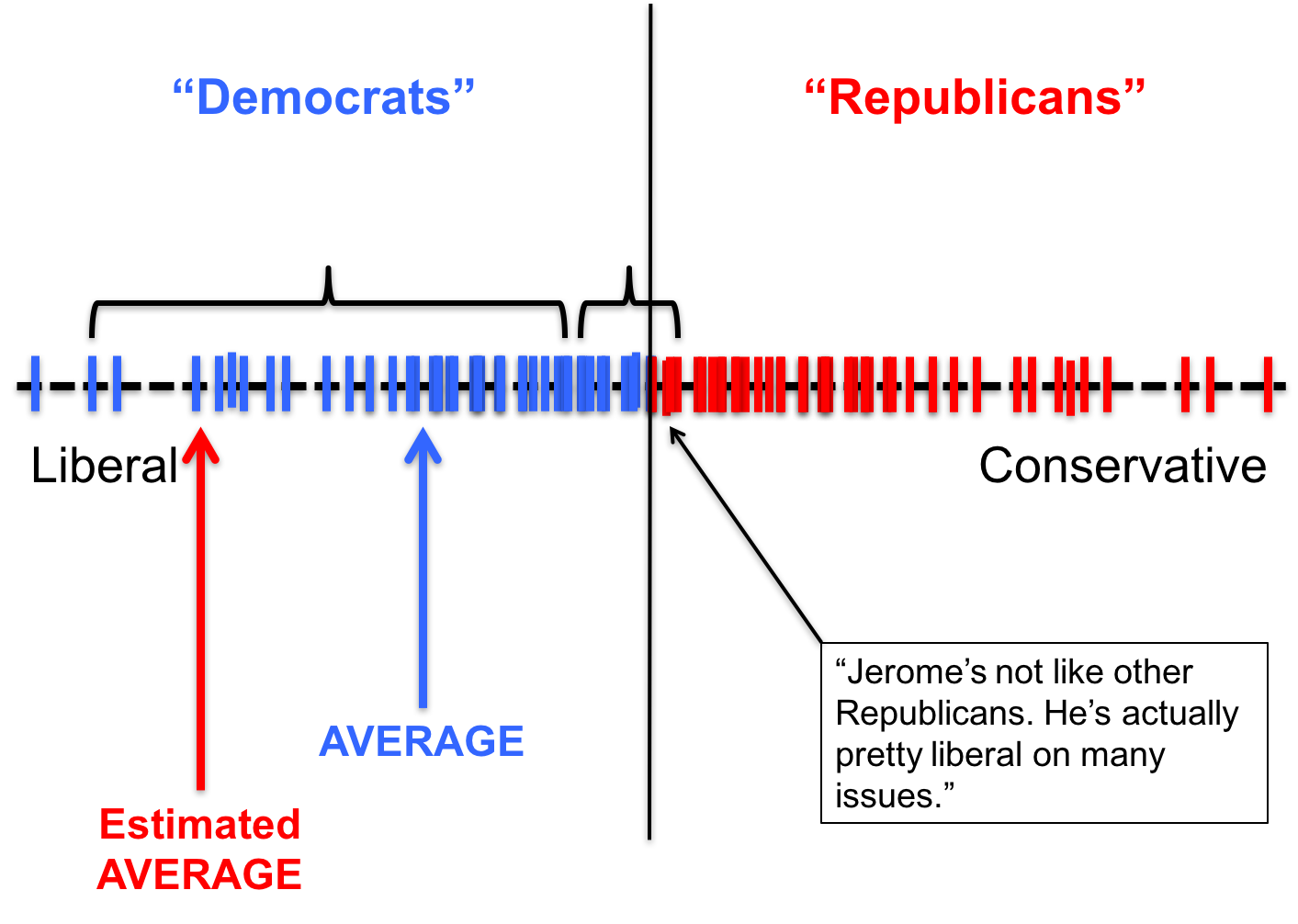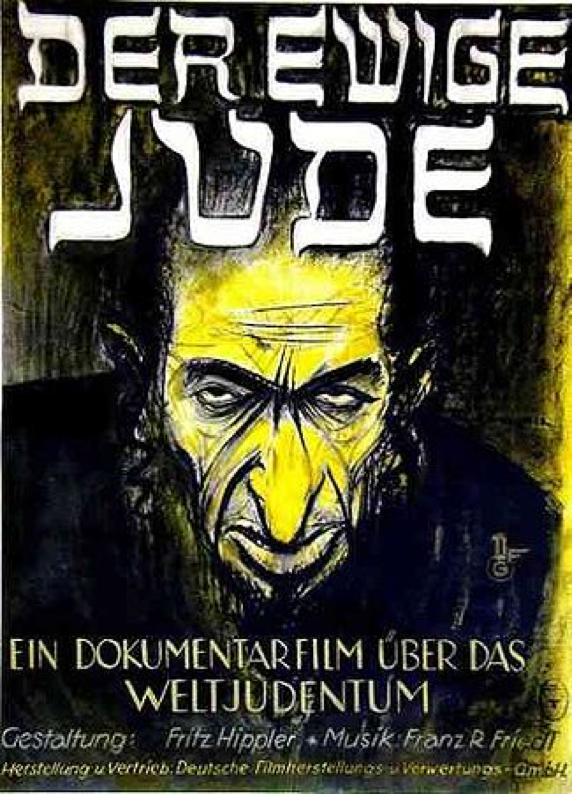Week 14 - Day 2 (Ch 10 pt 4 Stereotypes Ch 2 pt 1 Personality)
Navigate using audio
Can Sterotypes Be Dangerous?
- “I think old people are slow-moving, boring, and have difficulty understanding new things.”
- Stereotype
Prejudice
- “I don’t like old people because I think they are slow-moving, boring, and have difficulty understanding new things.”
- Prejudice
- Negative feelings, opinions, and beliefs associated with a stereotype
Discrimination
- “I’m not going to hire this old person because I think old people are slow-moving, boring, and have difficulty understanding new things.”
- Discrimination
- Inappropriate and unjustified treatment of people as a result of prejudice
Stereotypes and Perception
- Inappropriate and unjustified treatment of people as a result of prejudice

- Study was done where researchers asked participants if objects flashed on the screen paired with a human face was an object or a weapon
- When flashed with a white person’s face, participants were more likely to say tool
- When flashed with a black person’s face, participants were more likely to say weapon
- Study was done where researchers asked participants if objects flashed on the screen paired with a human face was an object or a weapon
Why do stereotypes lead to prejudice and discrimination?
- Psychological reasons
- Improves self-esteem to see other groups as inferior
- Transfer frustrations of life onto other groups
- Psychological reasons
- Social reasons
- Conformity (friends, family, work associates)
- Developmental influence (“My parents always said…”)
- Tradition (“We have never associated with [insert group]…”)
- Psychological reasons
- Social reasons
- Economic causes
- Cultural or national causes
- Regional conflicts, war
- Enemies are described as “dogs”, “vermin”, “scum”, “heathens”, “rats”, etc.
- Audio 0:10:14.353202
- They only think that way because of the war
How are stereotypes maintained?
- Stereotypes exaggerate differences between groups
- Audio 0:11:11.429805
- “Otherness” is enhanced
- Stereotypes underestimate differences within the stereotyped group
- Outgroup homogeneity effect: Once we categorize others as ingroup or outgroup members, we tend to view outgroup members as less varied than ingroup members
- Stereotypes are self-maintaining
- They direct our attention toward information that confirms them and away from disconfirming evidence
- Subtyping: When we encounter someone who does not fit a stereotype, we put that person in a special category rather than alter the stereotype
- Audio 0:13:28.085707
- Instead of changing an entire schema, we acknowledge a a person as an exception

- Audio 0:14:04.790748
- There’s not a lot of people who are extreme liberal or extreme conservative
- The problem is that we draw the line too harshly
- Even though most of us are around the center
- The problem is that we draw the line too harshly
- There’s not a lot of people who are extreme liberal or extreme conservative
- Audio 0:14:04.790748

- The problem is that we estimate that the average is way more extreme
- Also, we don’t care that some people are dead in the middle, but still fall one into the category of liberal or conservative
- We’re not good at changing what we already believe
Inhibiting Stereotypes
- We can consciously alter our automatic stereotyping
- Presenting positive examples of admired Black individuals (e.g., Denzel Washington) produced more-favorable responses toward African Americans
- Training people to respond counter-stereotypically — having them press a “no” key when they saw an elderly person paired with a stereotype of the elderly — led to reduced automatic stereotyping
- Telling people that their test scores indicate that they hold negative stereotypes can motivate people to correct their beliefs, and the worse they feel about holding those beliefs, the harder they try not to be biased
- However, in everyday life, inhibiting stereotyped thinking is difficult and requires self-control
What reduces conflict and prejudice?
- Equal legal status, economic opportunities, and power among different groups
- Authorities and community institutions provide moral, legal, and economic support for both sides
- Both sides must have many opportunities to work and socialize together, formally and informally
- Contact hypothesis
- Cooperation and working together for a common goal
- Audio 0:24:55.731034
Chapter 2 (Part 1 - personality)
What is personality
- personality describes characteristic thoughts, emotional responses, and behaviors that are relatively stable in an individual over time and across circumstances
- personality trait
- Freud developed many ideas about personality by observing his patients
- He believed their problems wer psychogenic (caused by psychological rather than physical factors)
- psychodynamic theory: unconscious forces - wishes, desires, hidden memories - determine behavior
Psychodynamic Theory of Personality
- Personality consists of three interacting structures that vary in their access to consciousness
- Id
- unconscious working to avoid pain and obtain pleasure
- sexual instinct (fueled by libido)
- death (aggressive) instinct
- Superego
- internalized societal and parental standards of conduct
- Ego
- Tries to satisfy the wishes of the id while being responsive to the superego
- Id = urges
- Ego = arbiter
- Superego=conscience
- According to Freud, conflicts between the id and the superego lead to anxiety
-
The ego then copes through various defense mechanisms
- Early childhood experiences have a major impact on the development of personality
- Children go through developmental stages that correspond to the different urges - each stage has a unique conflict
- Some people become fixated at a stage
- Fixation occurs if the conflict for each stage is not resolved properly
Stages of Psychosexual Development
- Oral: birth to 18 months
- Infants seek pleasure through the mouth
- Anal 2-3 years. Learning to control the bowels leads to a focus on the anus
- Phallic stage: 3-5 years
- Focus is on the genitals
- Oedipus complex
- Latency stage
- Children suppress libidinal urges
- Genital stage
- Adolescence/adulthood. Libidinal urges focused on the capacities to reproduce and to contribute to society
Vocab
| Term | Definition |
|---|---|
| Stereotype | Predefined judgements about a group of people |
| Prejudice | Negative feelings, opinions, and beliefs associated with a stereotype |
| discrimination | Inappropriate and unjustified treatment of people as a result of prejudice |
| improves self-esteem and relieves frustration | Reasons why people use prejudice and discrimination |
| outgroup homogeniety effect | Once we categorize others as ingroup or outgroup members, we tend to view outgroup members as less varied than ingroup members |
| subtyping | When we encounter someone who does not fit a stereotype, we put that person in a special category rather than alter the stereotype |
| reducers of prejudice | equal legal status, equal representation, equal opertunity, and cooperation |
| personality | characteristic thoughts, emotional responses, and behaviors that are relatively stable in an individual over time and across circumstances |
| personality trait | a characteristic of a person |
| psychodynamic theory | unconscious forces - wishes, desires, hidden memories - determine behavior |
| Id | unconscious working to avoid pain and obtain pleasure |
| Superego | internalized societal and parental standards of conduct |
| Ego | tries to satisfy the wishes of the id while being responsive to the superego |
